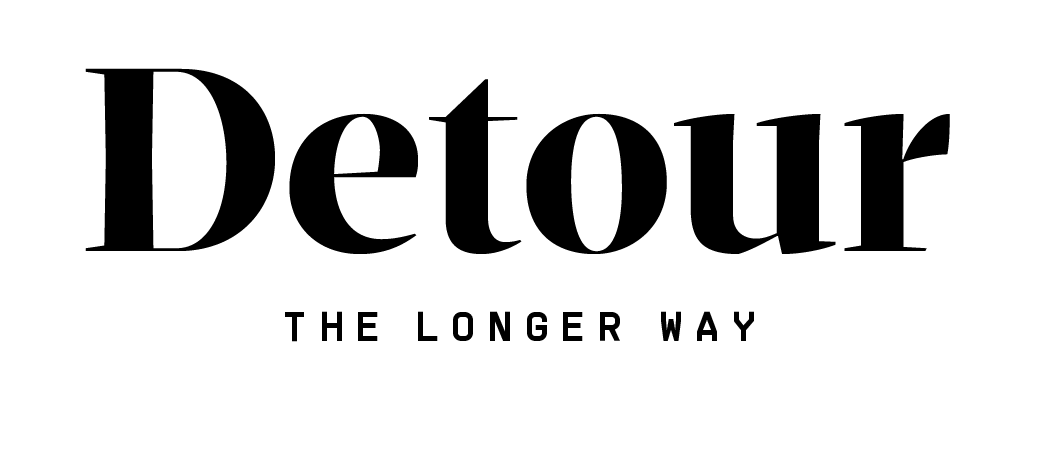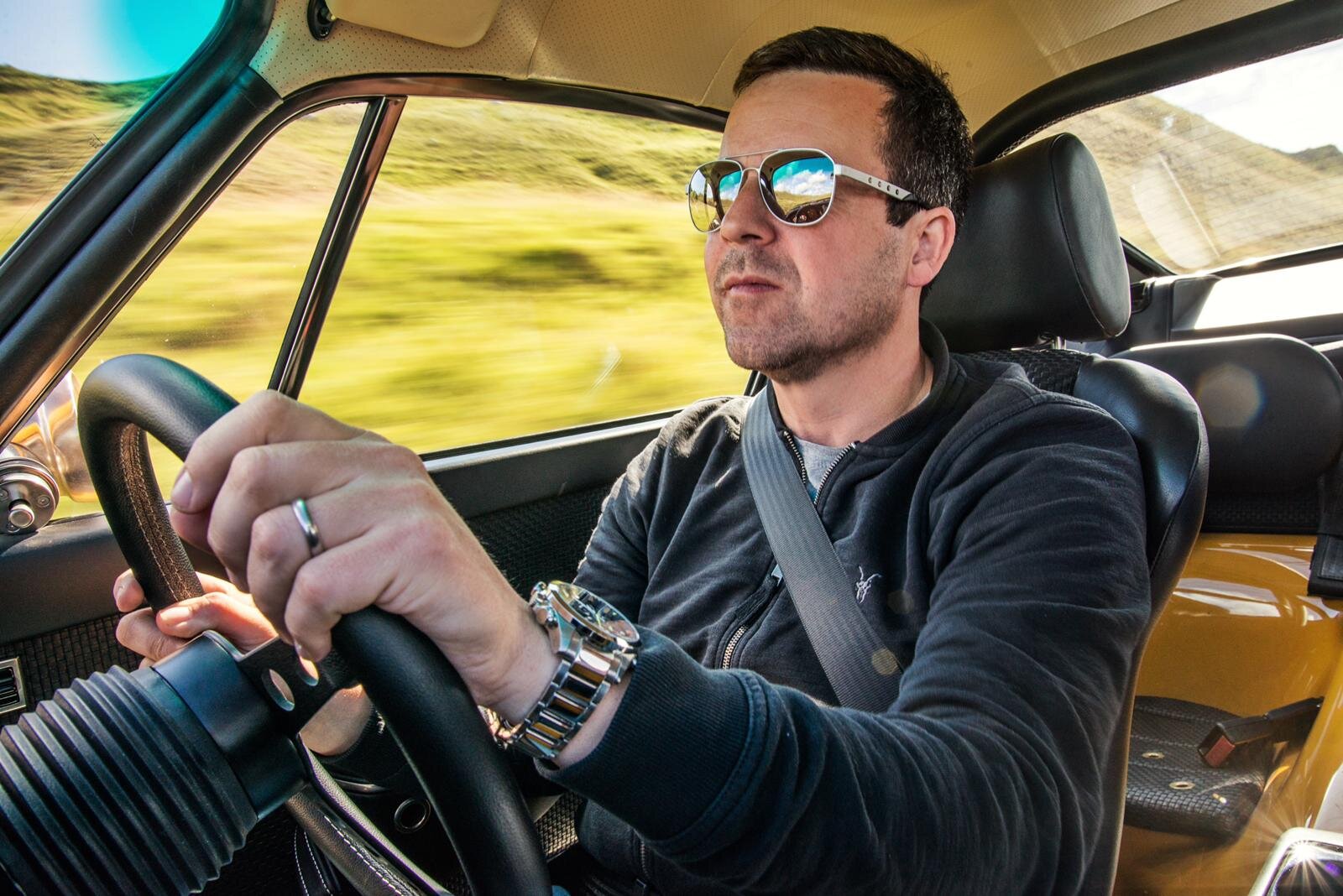Dickie Meaden, journalist and racer
Aston Parrott / Evo
Journalist and racing driver Dickie Meaden was far out of his comfort zone on a rally from Moscow to Mongolia. But that’s part of what made the drive so memorable.
“It’s amazing just how far you can go in a car if all you need to do is just keep refuelling it. You can literally drive across the map.”
“I'm absolutely not an adventurer. I quite like turning up at the airport and being picked up in a nice comfortable car to transfer to a hotel. And I'll get lost pretty much within moments of leaving the house generally so the irony of driving to Mongolia is quite funny.
It was 2007 and Porsche invited me to take part in the Trans Siberian Rally in a Cayenne and it’s probably the one journey I've done where I was totally overwhelmed by the distance. It’s over 4,000 miles from Moscow to Ulan Bator and the drive was the best part 14 days; three weeks if you count the setup time and a couple of recovery days at the end.
It was a pretty spectacular thing to see all the cars lined up in Red Square at the start and I’d never been to Russia before, so that was a real eye-opener because it's a pretty wild place.
Once you head out of Moscow, once you get into the birch forest, it's literally endless. The day finishes pretty much as it starts with birch trees on either side. Some days we would drive 700 miles to transit between special stages.
We would go through old crumbling little communist towns and there’d be an old boy, a sort of Red Army type bloke still with his uniform, fixing an old motorbike that he probably bought from the army surplus. These forgotten towns and forgotten people that still think it’s the Cold War were fascinating.
There are some amazing roads in Siberia. It's kind of like the Scottish Highlands but obviously more remote, and the scale of it is huge. It’s quite overwhelming in that regard. And then you go through the border and there's 15 minutes of no man's land, before you pop out in Mongolia and there's only gravel roads, and they just stretch off as far as you can see. There's no signposts – really nothing. Nothing at all. And we were steaming through in a factory-prepared rally raid car.
We were staying every night at the rally camp and so we had our tent and all our camping stuff in the car and there were three spare wheels and tyres and jerry cans and a spares package. With me was Neil Hopkinson who was one of the Porsche experience centre instructors. He was a proper Fast Show “Let’s off road!” type which was great as he knew how to winch and navigate to compass headings, which is my idea of a nightmare.
I think the first stage was 400 hundred miles. And it was up to you how you get to the checkpoint. So you see this big mountain and you think, ‘Well, it looks like we could drive up that so why don't why don't we?’
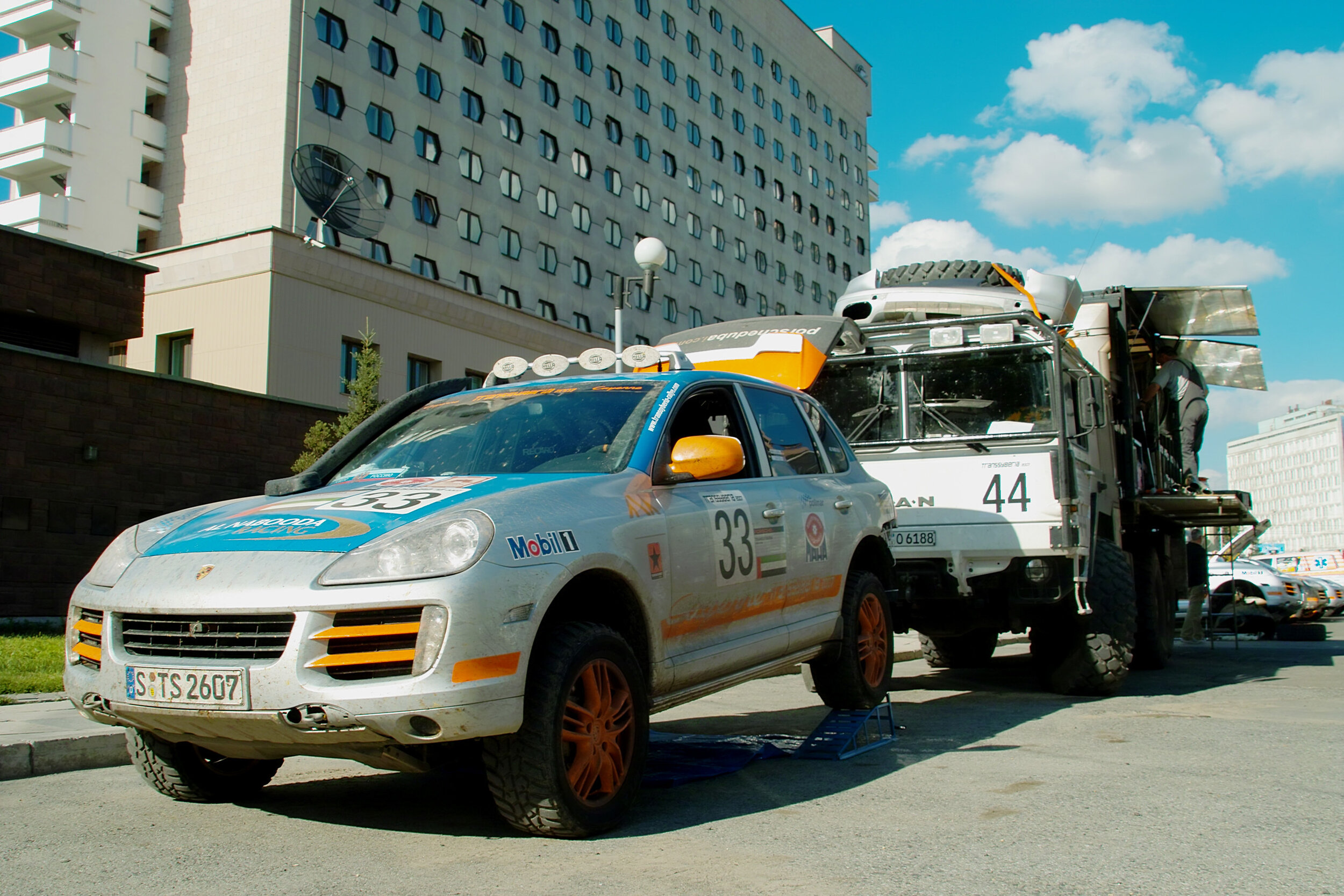
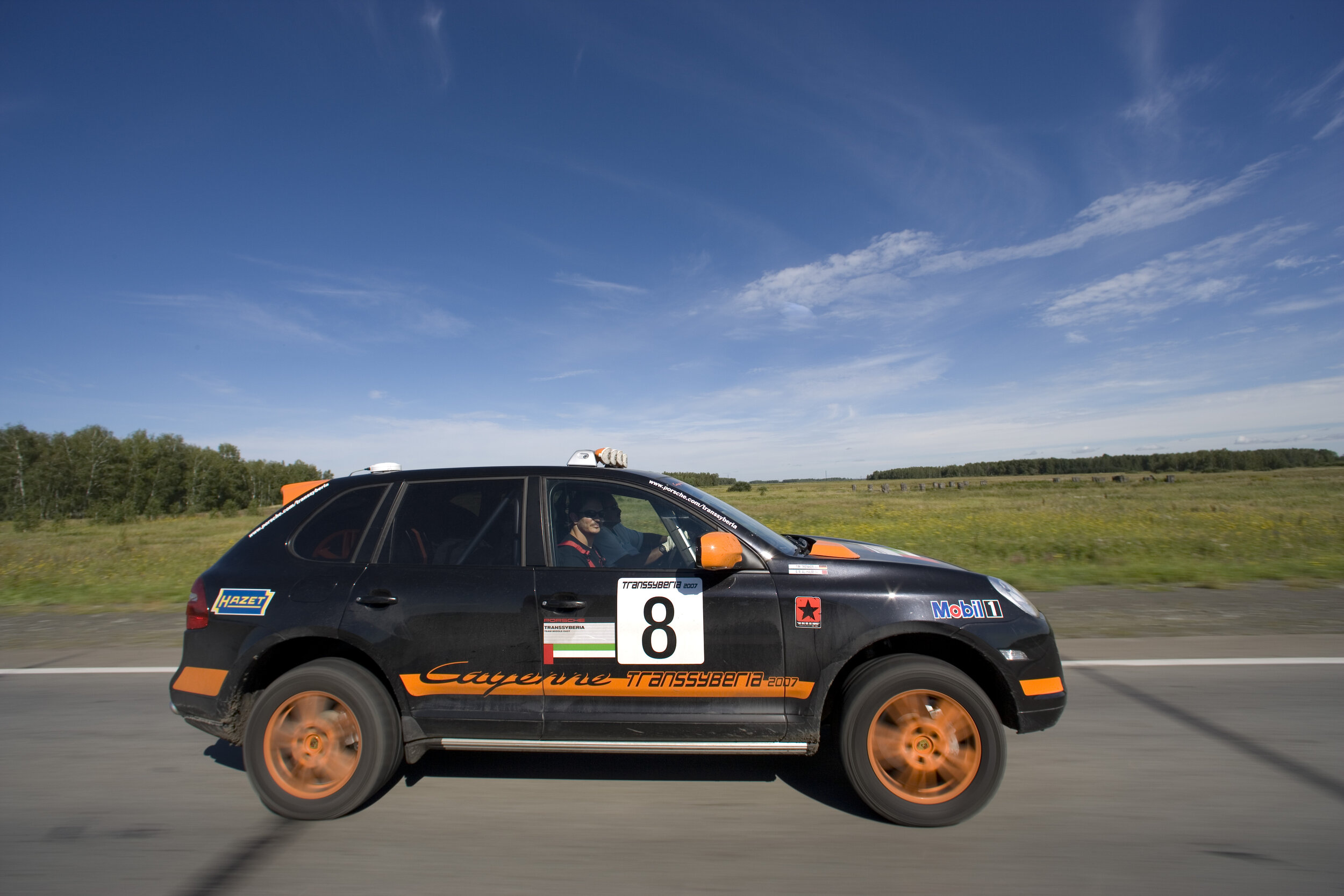
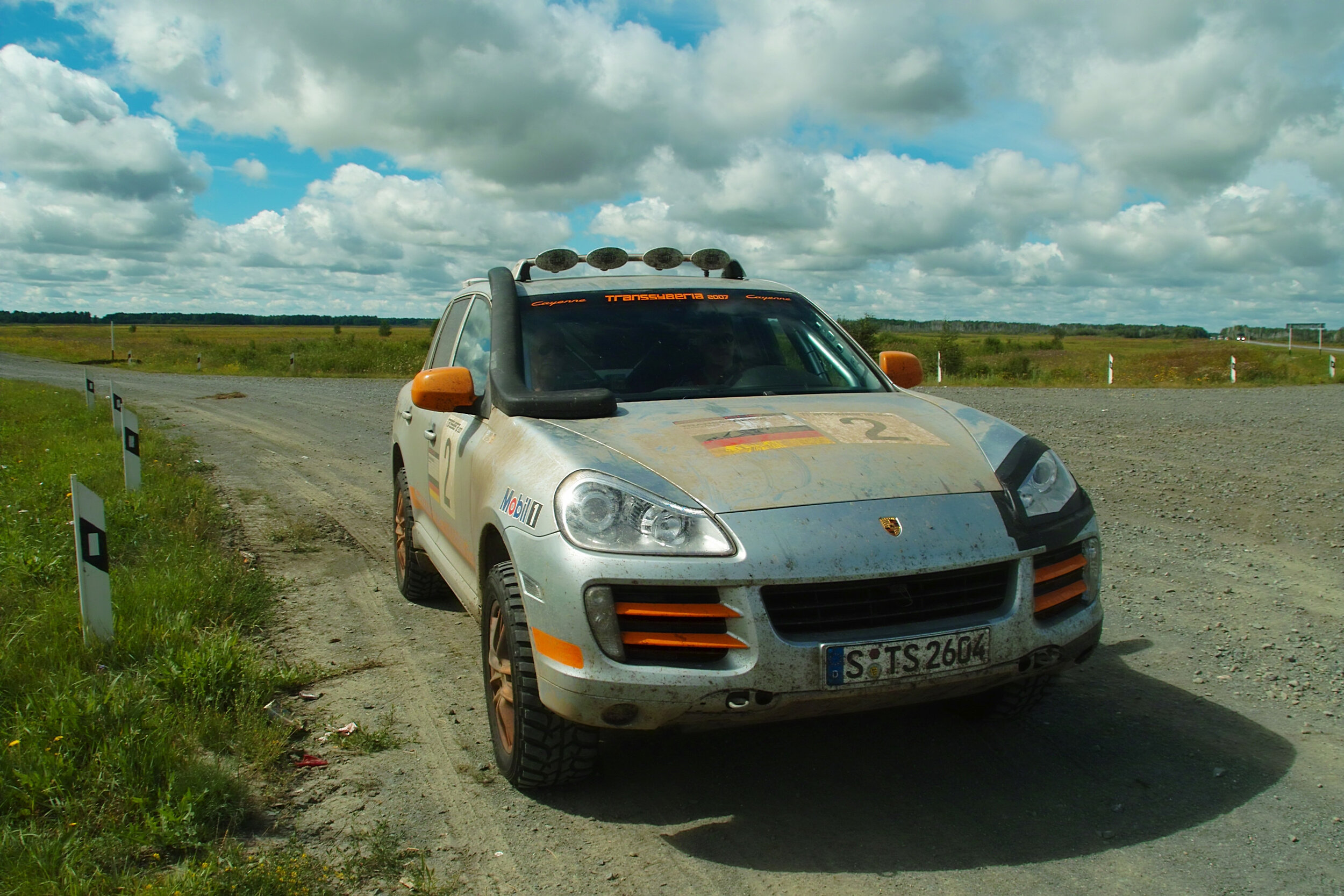

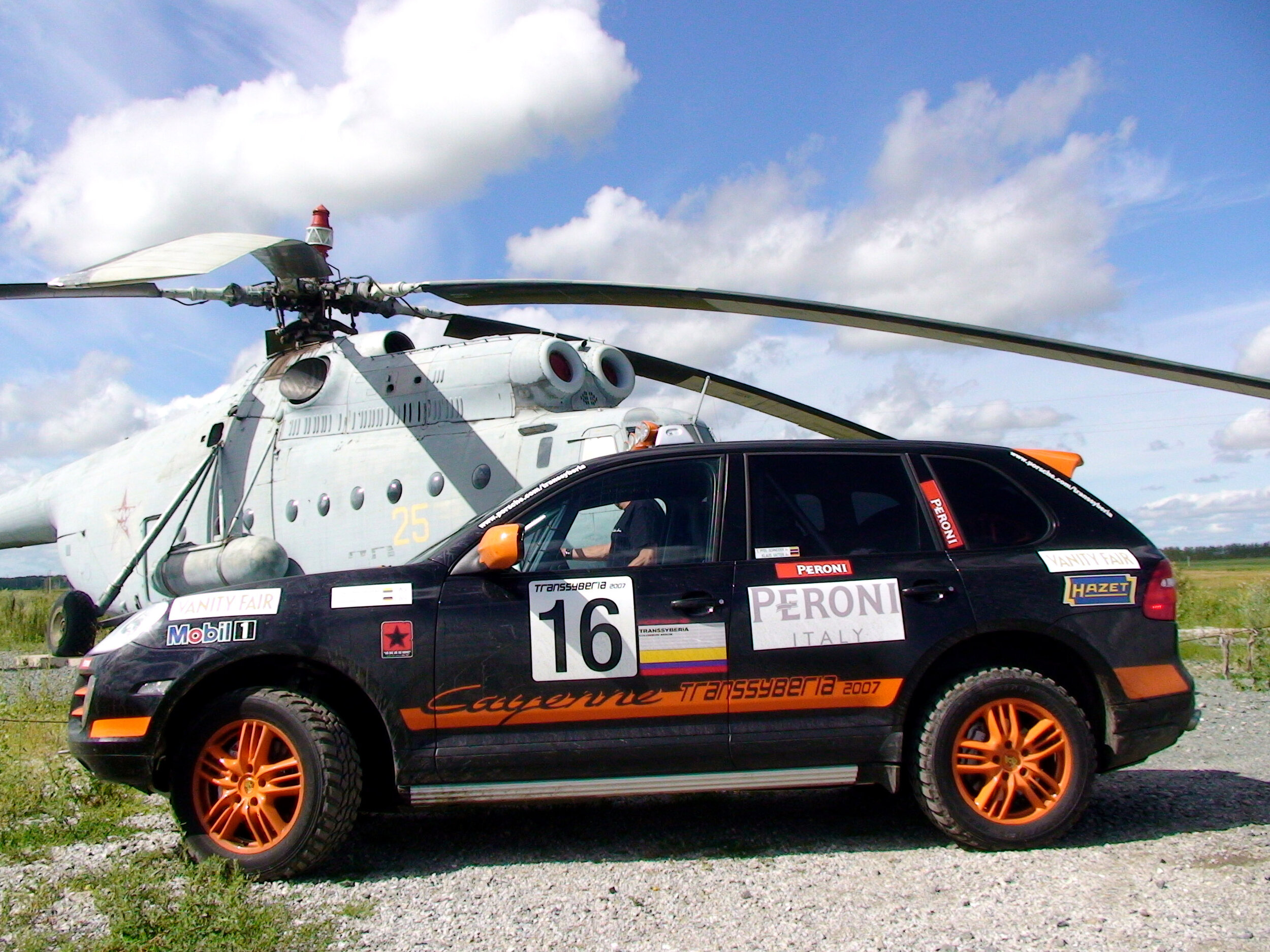


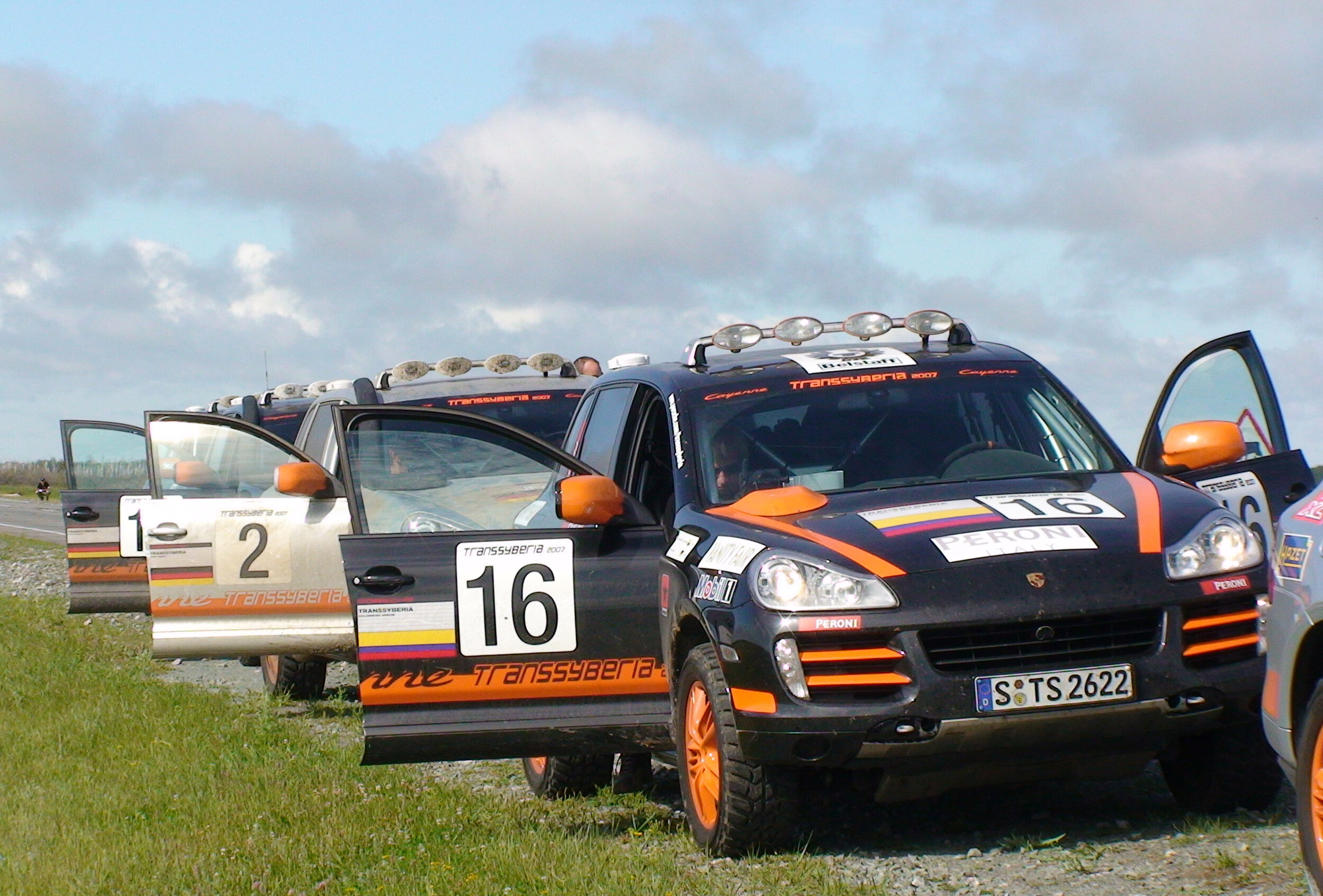
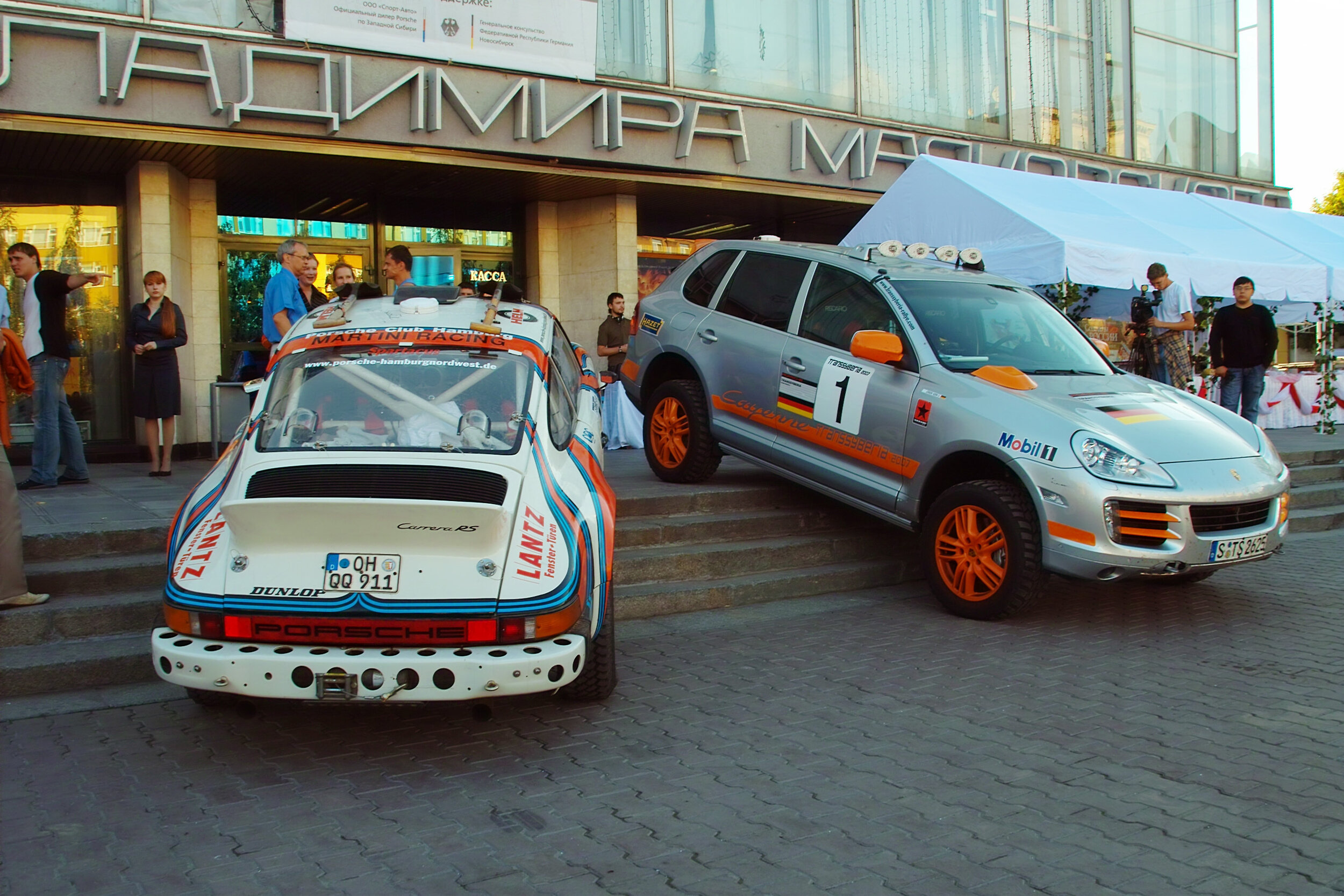
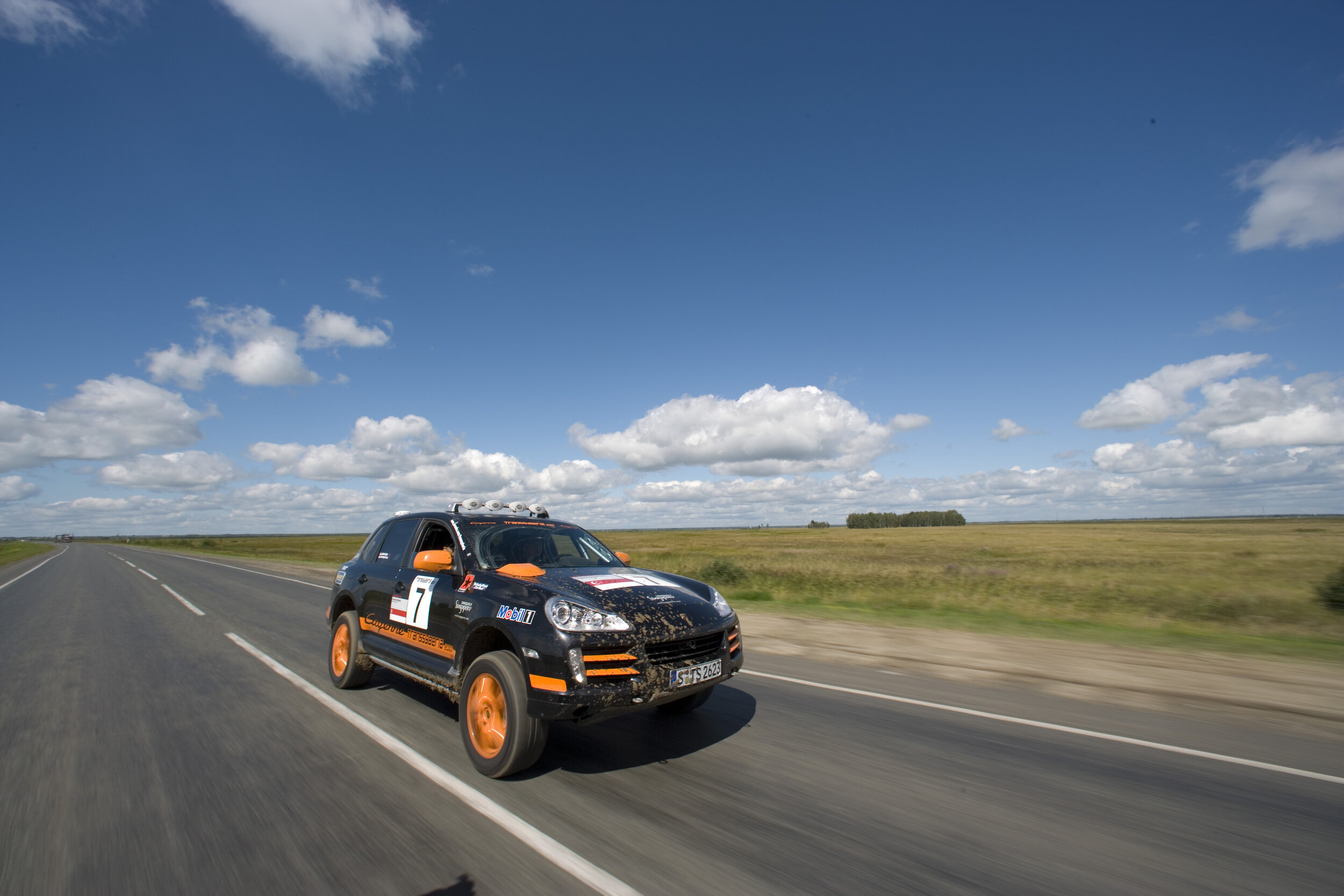
I had one accident and two very lucky escapes. We were literally in sight of the finish of one stage and then we just smacked this rock and punched a hole in the sump guard and cracked the sump. It was absolute carnage on that stage and six or seven cars hit the same rock. We limped to the end of the stage and realised it was another 300 miles to the overnight halt.
Luckily the Canadian car driven by Kees Nierop stopped to help. Kees was a Porsche factory driver who drove the 961 at Le Mans and it transpired his family business was a proper Ice Road Truckers kind of haulage company. When he wasn't a race driver he’d drive these massively long distances in big rig trucks. So he said, “Well, I'll give you a tow.”
So we hooked up our car on a very short rope. I manfully volunteered to sit in the tow car and Neil was in our car, steering it. Kees proceeded to tow at about 70mph for hours and hours on end on these really dusty dirt roads.
When we got to camp Neil got out of the car and he looked like something out of a comedy film. He was caked in dust because he'd had his head out of the window as he couldn't see through the windscreen. His eyes look like he’d popped them out and rolled them in a load of sand and then popped them back in again. He was just absolutely in bits.
I also escaped some very nasty food poisoning. Each night at camp you'd come in, set your tent up, and then there'd be a central food station. One night there was this enormous cauldron of mystery meat stew, which actually looked quite nice when you'd been eating dehydrated stuff. It was only after the third day that we realised that whatever was left over would stay in this pot, then it would be loaded into the back of a van and driven to the next overnight stop where they would put more ingredients in and cook it up again. And then they’d do the same again. By the third night people were coming down with raging food poisoning. Luckily, we'd swerved it after the second night.
Because of the damage to the car our rally was pretty much done at that point from a competitive standpoint. I stayed with our stricken car while it was fixed, but Neil joined the Australian car as one of the drivers, Dave Morley, an Australian journalist, had fallen victim to the Mongolian stew. And they proceeded to have a massive accident. They just disappeared down a wadi at high speed.
So they were in a bad way and ended up spending the night in a hospital in Mongolia somewhere because – and you couldn’t make this up – the medical helicopter that had been booked for the rally had crashed.
Because of what happened and because we knew the car wasn't one hundred percent, Dave and I decided that we would follow the service route rather than the competitive route the rest of the way to Ulan Bator. So we just plundered all the cars that had been crashed or retired for spares and fuel and we plotted our route.
At the same time as we were racing across the country, the Mongol rally was going on and it was a bit like the tortoise and the hare. As we were driving through Mongolia we’d come across these assorted £500 Mongol rally cars and go tearing past them. And then two days later, we’d get to a town and see the cars even more beaten up when we last saw them.
We ended up giving our tents to the drivers of a Citroen 2CV that looked like it had just re-entered the Earth's atmosphere. It was smashed to bits, the windscreen was peppered with stones, the headlights were all smashed up. And they were sleeping in bivvy bags each night. We felt sorry for them and it was below zero at night so we gave them some of our kit.
As we approached Ulan Bator you could actually see the march of progress, which sounds a bit weird, but you'd be in the middle of nowhere, and then you'd see pylons being installed, like tendrils coming out from the city. And then, we when we eventually got to Ulan Bator, it was a real culture shock to be in this in this massive, heaving city. Inevitably there was an Irish pub which we ended up going to and having a pint of Guinness, which just made the whole thing seem even more surreal.
It’s amazing just how far you can go in a car if all you need to do is just keep refuelling it. You can literally drive across the map.
Now, when I look in the back of an in-flight magazine at the routes with all those lines that loop across from one continent to the next and I see that map of Europe going across to Mongolia and China I think: ‘Holy cow I've driven from the left hand side to the right hand side.’”
Follow Dickie on Twitter
